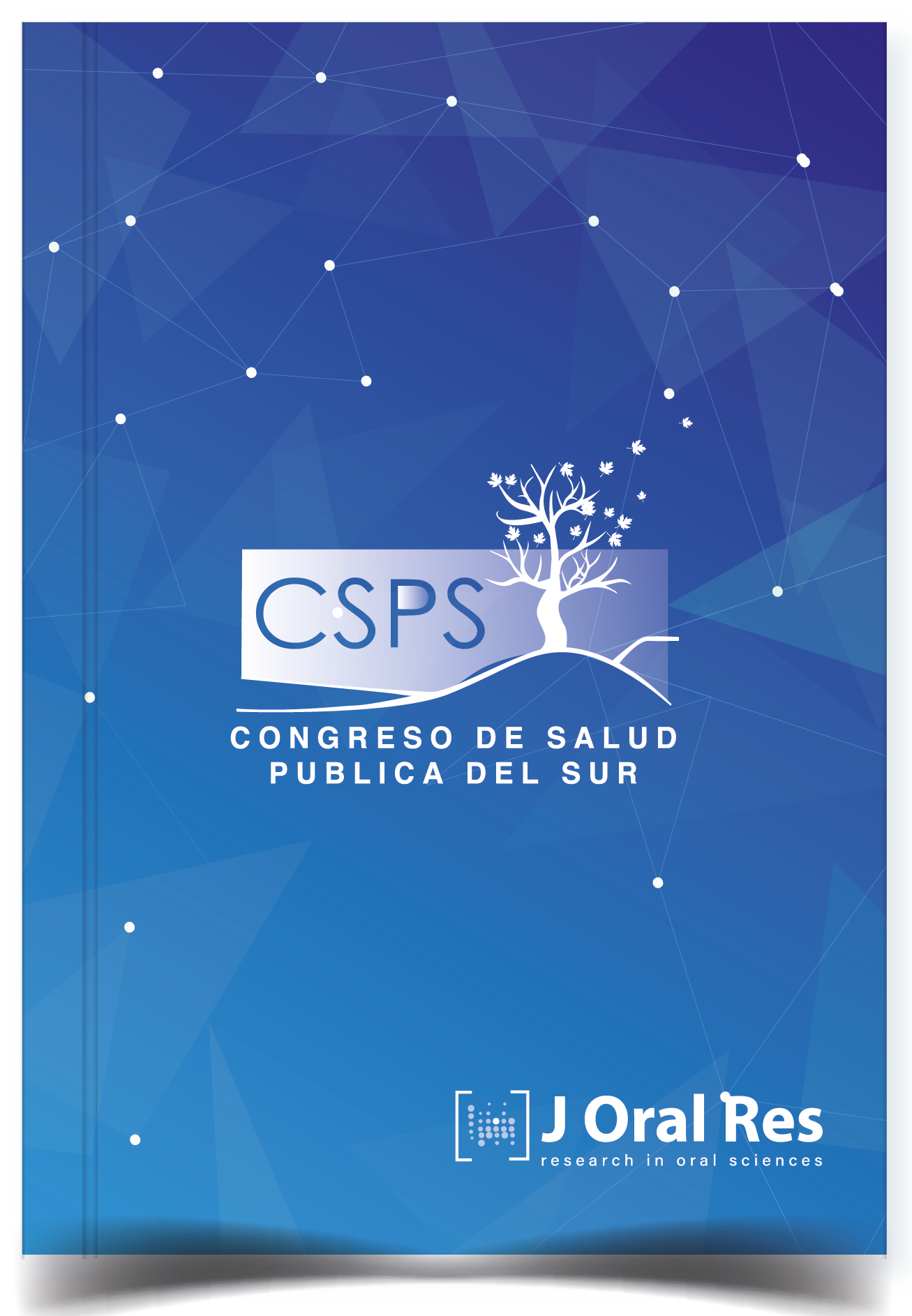Toothbrushing habits in people with and without autism spectrum disorder: A Review.
Abstract
Autism spectrum disorder (ASD) is a complex and highly heterogeneous disorder, which affects social communication and behavior, with the presence of repetitive and restricted behaviors and interests.1 Many authors agree that oral hygiene in people with ASD is deficient, with a higher oral hygiene index than in people without ASD2-4 mainly due to the multiple sensory alterations, lack of manual dexterity, the consumption of snacks between meals,1,5 the presence of hypotonia of the perioral muscles6 and a negative behavior towards dental care.7
Therefore, the general characteristics of people with ASD could lead to a series of problems in the health and oral hygiene of these patients, so it is necessary for dentists to know the oral hygiene habits that people with ASD may have, especially toothbrushing habits, which can contribute to worsening oral hygiene in these patients, increasing the risk of tooth decay and periodontal disease.
This review aims to compare oral brushing habits among people with and without ASD reported in the literature, since brushing is a basic element of great importance for the maintenance of optimal oral hygiene.
References
[2]. Orellana LM, Silvestre FJ, Martínez-Sanchis S, Martínez-Mihi V, Bautista D. Oral manifestations in a group of adults with autism spectrum disorder. Med Oral Patol Oral Cir Bucal. 2012;17(3):e415-9.
[3]. El Khatib AA, El Tekeya MM, El Tantawi MA, Omar T. Oral health status and behaviours of children with Autism Spectrum Disorder: a case-control study. Int J Paediatr Dent. 2014;24(4):314-23.
[4]. Vajawat M, Deepika PC. Comparative evaluation of oral hygiene practices and oral health status in autistic and normal individuals. J Int Soc Prev Community Dent. 2012;2(2):58-63.
[5]. Kuter B, Guler N. Caries experience, oral disorders, oral hygiene practices and socio-demographic characteristics of autistic children. Eur J Paediatr Dent. 2019;20(3):237-41.
[6]. Stein LI, Polido JC, Najera SO, Cermak SA. Oral care experiences and challenges in children with autism spectrum disorders. Pediatr Dent. 2012;34(5):387-91.
[7]. Blomqvist M, Bejerot S, Dahllöf G. A cross-sectional study on oral health and dental care in intellectually able adults with autism spectrum disorder. BMC Oral Health. 2015;15:81.
[8]. Sarnat H, Samuel E, Ashkenazi-Alfasi N, Peretz B. Oral Health Characteristics of Preschool Children with Autistic Syndrome Disorder. J Clin Pediatr Dent. 2016;40(1):21-5.
[9]. Mansoor D, Al Halabi M, Khamis AH, Kowash M. Oral health challenges facing Dubai children with Autism Spectrum Disorder at home and in accessing oral health care. Eur J Paediatr Dent. 2018;19(2):127-33.
[10]. Suhaib F, Saeed A, Gul H, Kaleem M. Oral assessment of children with autism spectrum disorder in Rawalpindi, Pakistan. Autism. 2019;23(1):81-6.
[11]. Du RY, Yiu CKY, King NM. Oral Health Behaviours of Preschool Children with Autism Spectrum Disorders and Their Barriers to Dental Care. J Autism Dev Disord. 2019;49(2):453-59.
[12]. Onol S, Kırzıoğlu Z. Evaluation of oral health status and influential factors in children with autism. Niger J Clin Pract. 2018;21(4):429-35.
[13]. Daneshvar S, Kavianfar A, Masoomi S, Daneshvar M. Comparison of Oral Health Status and Behaviors Between Children with Autistic Spectrum Disorder and Healthy Children in Rasht City, Iran. Cumhuriyet Dental Journal. 2020;23:37-43.
[14]. Qiao Y, Shi H, Wang H, Wang M, Chen F. Oral Health Status of Chinese Children with Autism Spectrum Disorders. Front Psychiatry. 2020;11:398.
This is an open-access article distributed under the terms of the Creative Commons Attribution License (CC BY 4.0). The use, distribution or reproduction in other forums is permitted, provided the original author(s) and the copyright owner(s) are credited and that the original publication in this journal is cited, in accordance with accepted academic practice. No use, distribution or reproduction is permitted which does not comply with these terms. © 2024.











